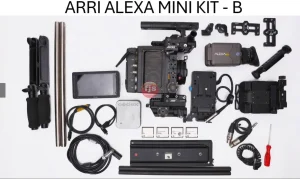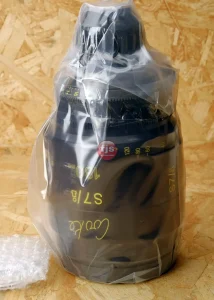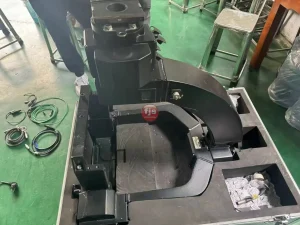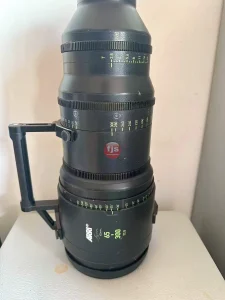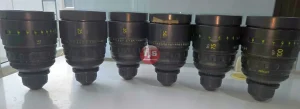The captivating wide screen, oval bokeh, and unique flares of anamorphic cinematography have mesmerized audiences for decades. But traditional anamorphic lenses can be hefty investments, bulky companions, and introduce technical limitations. So, before you break the bank, explore these captivating alternatives to achieve that coveted “anamorphic look” without full-fledged anamorphic equipment:
Embracing Software Creativity:
- Anamorphic De-Squeeze in Post-Production: Capture footage with standard spherical lenses and de-squeeze it in post-production software. This method offers flexibility and cost-effectiveness but sacrifices some true anamorphic characteristics like oval bokeh across the entire frame.
- Anamorphic Plugins and Filters: Leverage software plugins and filters to add anamorphic flares, bokeh effects, and other stylistic elements to your footage. This approach grants creative control but may not yield results as authentic as dedicated lenses.
Adapting Spherical Lenses with Creativity:
- Lens Adapters with Anamorphic Elements: Attach specialized adapters equipped with cylindrical elements to your spherical lenses. These adapters introduce horizontal anamorphic bokeh and flares, offering a closer approximation to the genuine look. However, image quality can be affected, and the setup can be cumbersome.
- Vintage Lens Experimentation: Explore vintage spherical lenses known for their distinctive bokeh and flaring characteristics. While not truly anamorphic, they can impart a unique, dreamlike aesthetic reminiscent of classic anamorphic films. Experimentation and careful selection are key.
Embracing Hybrid and Alternative Technologies:
- Lensbaby Composer Pro II: This unique lens system lets you adjust the “sweet spot” of sharpness, creating an elongated bokeh effect reminiscent of the anamorphic look. While offering creative control, it introduces limitations in focal length and field of view.
- Teleconverter Techniques: Using a teleconverter with a spherical lens can achieve a wider aspect ratio, mimicking the anamorphic feel to a certain extent. However, image quality and sharpness might suffer, and careful planning is needed.
Conclusion:
While dedicated anamorphic lenses offer the “gold standard” look, these creative alternatives open doors to exploring the anamorphic aesthetic without breaking the bank or sacrificing portability. Each approach has its strengths and limitations, so consider your budget, workflow, and desired visual style before embarking on your “anamorphic-like” filmmaking journey.
Questions and Answers:
Q: What’s the best alternative to dedicated anamorphic lenses?
A: There’s no single “best” option. Each approach has its pros and cons. Consider your budget, workflow, and desired stylistic elements to choose the most suitable approach.
Q: Do software de-squeezing methods offer true anamorphic quality?
A: No, they primarily affect aspect ratio and don’t replicate the full range of anamorphic effects like oval bokeh across the entire frame.
Q: Are vintage lenses a good substitute for anamorphic lenses?
A: They can add a unique, almost anamorphic-like aesthetic, but they’re not true anamorphic and require careful selection and testing for the desired results.


